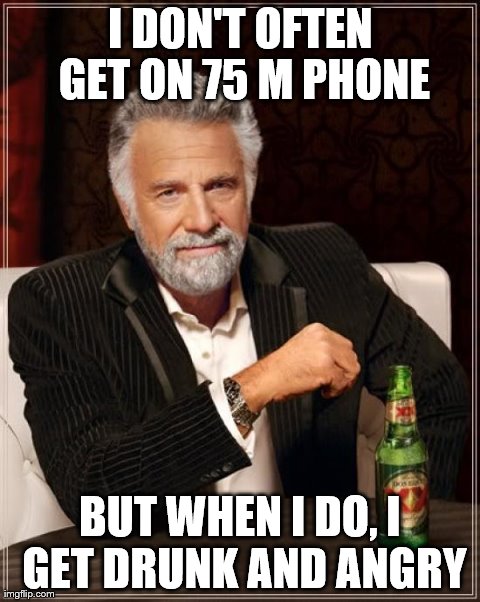
We are in some very distinguished company on the QRSS "Knights" mailing list. Joe Taylor, K1JT, is active in the group. Joe won the Nobel Prize in Physics in 1993. His biography includes references to ham radio that will warm the hearts of all Knack sufferers:
K1JT's bioThis year, Joe created a new piece of software that is being used by many of the Knights. It has a name that will appeal to QRP'ers. Here is a description:
WSPR is the name of a computer program.
It is pronounced "whisper",and stands
for "Weak Signal Propagation Reporter";
it implements transmitting and receiving
functions for a digital soundcard mode
called "MEPT_JT", which stands for
"Manned Experimental Propagation
Tests, by K1JT".
WSPR generates and receives signals
using structured messages, strong
forward error correction,
and narrow-band 4-FSK modulation. Its
principal design goal is reliable
copy at very low signal levels. In
practice it works well at
signal-to-noise ratios down to -27 dB in a
reference bandwidth of 2500 Hz.
Joe recently released a new version of WSPR, so if you are going to give this a try, make sure you do so with the most recent release. You can download WSPR 1.0 (r972) from
http://physics.princeton.edu/pulsar/K1JT/WSPR100.EXE





























